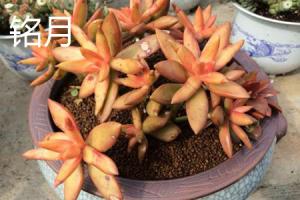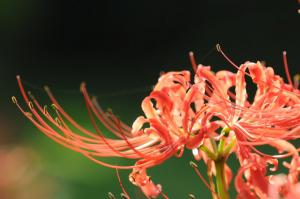What Kind of Plants Draw Water from Air?
Plants are amazing organisms capable of harnessing energy from the sun, extracting nutrients from soil, and absorbing water from their surroundings. While most plants obtain water through their roots, a few species can actually extract moisture from the air. These unique plants are known as epiphytes, and they have developed fascinating adaptations to thrive in their aerial environments.
Epiphytes and Their Adaptations
Epiphytes are plants that grow on other plants, often in tropical or subtropical regions. They don't have roots that reach the soil, but instead anchor themselves to their host plants with specialized structures called holdfasts. To obtain water, epiphytes have developed various strategies, such as:
Atmospheric Absorption: Some epiphytes absorb moisture directly from the air using specialized tissues known as trichomes. These tiny hairs on the plant's leaves and stems can trap water vapor, which then condenses into droplets that the plant can absorb.
Fog Collection: Other epiphytes are adapted to collect water from fog or mist that occurs in their environment. These plants have modified leaves that can trap and channel water droplets into specialized structures where they can be absorbed.
Storage Adaptations: Some epiphytes have thick, succulent leaves or stems that can store water for extended periods of time. These adaptations help the plants survive periods of dryness or when other water sources are scarce.
Examples of Epiphytes
There are many types of epiphytes, but some of the most fascinating ones include:
Tillandsias: Also known as air plants, these epiphytes have specialized trichomes that can absorb moisture directly from the air. They come in many forms, from small rosettes to large, branching specimens that can grow several feet long.
Orchids: Many orchids are epiphytic, and have evolved unique adaptations to thrive in their aerial habitats. For example, many orchids have roots that attach directly to the bark of their host plant, and modified leaves that can channel water into specialized structures where it can be absorbed.
Bromeliads: These tropical plants have adapted to collect water from fog or mist. Their leaves form a rosette that can trap water droplets, which then flow down into a central structure where the plant can absorb it.
The Importance of Epiphytes
Epiphytes have a vital role in their ecosystems, contributing to nutrient cycling, providing habitat for other organisms, and helping regulate local water cycles. They are also beautiful and fascinating plants that have captured the imagination of botanists and gardeners alike. While they may not be as well-known as other types of plants, epiphytes are certainly worthy of our appreciation and admiration.

 how many times do yo...
how many times do yo... how many planted tre...
how many planted tre... how many pine trees ...
how many pine trees ... how many pecan trees...
how many pecan trees... how many plants comp...
how many plants comp... how many plants can ...
how many plants can ... how many plants and ...
how many plants and ... how many pepper plan...
how many pepper plan...
































